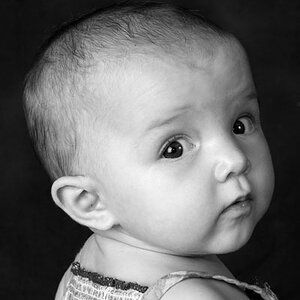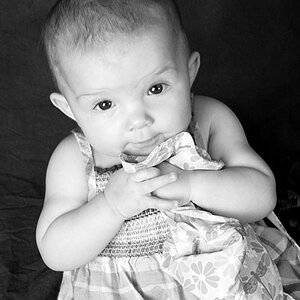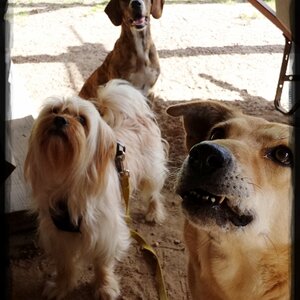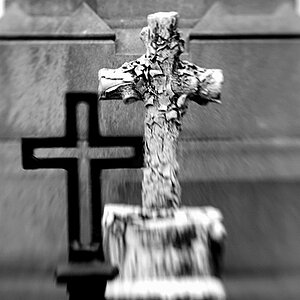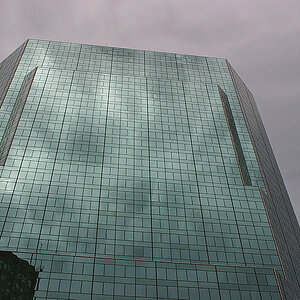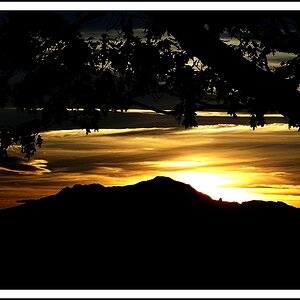ndancona
No longer a newbie, moving up!
- Joined
- Mar 12, 2013
- Messages
- 155
- Reaction score
- 51
- Location
- Malta
- Can others edit my Photos
- Photos OK to edit
I'm considering getting the Nissin Speedlite Di866 MKII as my first venture into flash photography. I want it mainly for off camera work for shooting models. I've done a few urban shoots with a young model that I do some regular work with and see my limitations with just shooting with natural light.
On the other hand, I have a friend whose a professional wedding photographer and he does not own a single flash gun. He uses a battery powered YONGNUO 300 LED Video Light, the kind with barn doors to control the beam output. He has an assistant carry the light and point it wherever he needs more light. He seems to get great results this way and without any complicated flash setups.
The video light is cheap and easy, the flash is more of an investment and is going take me time to learn to use it effectively. Before I part with my money I'm interested in some feedback from other experts.
Nick.
On the other hand, I have a friend whose a professional wedding photographer and he does not own a single flash gun. He uses a battery powered YONGNUO 300 LED Video Light, the kind with barn doors to control the beam output. He has an assistant carry the light and point it wherever he needs more light. He seems to get great results this way and without any complicated flash setups.
The video light is cheap and easy, the flash is more of an investment and is going take me time to learn to use it effectively. Before I part with my money I'm interested in some feedback from other experts.
Nick.



